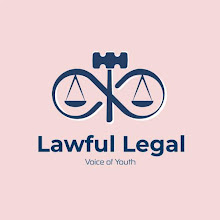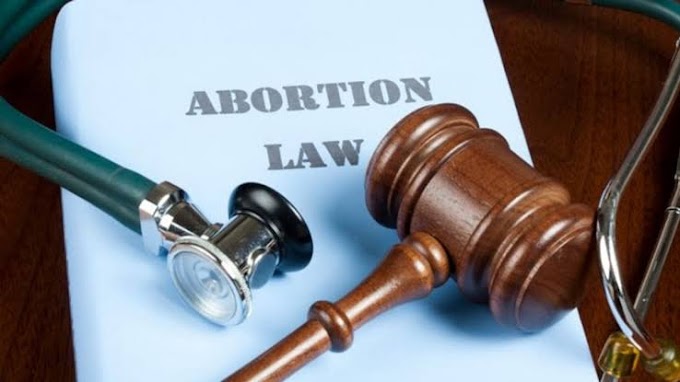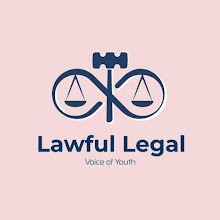ONE NATION ONE ELECTION
Author:- Aakanksha Yadav, B.B.A LL.B (4th year), Babasaheb Bhimrao Ambedkar University, Lucknow
One nation, One election is among the critical reforms in the current central government’s agenda. In fact, the former President of India, Ram Nath Kovind, in his address to Parliament in January 2018, mentioned this as one of the reforms proposed by the government. He said that citizens are concerned about frequent elections in one part of the country or another, which adversely impact the economy and development. The Prime Minister has spoken emphatically about the desirability of having one election across the country. Therefore, the idea is not a bolt from the blue.
The central idea behind One nation is to synchronize the timing of Lok Sabha and State Assembly elections across all States to reduce the frequency of polls throughout the country. This concept was the practice till 1967, but it was disrupted due to various reasons such as defections, dismissals, and dissolutions of government. The cycle was first broken in 1959 Centre invoked Article 356 after the to dismiss the then Kerala government. Subsequently, due to defections and counter—defections between parties, several Legislative Assemblies dissolved post 1960, which eventually led to separate polls for Lok Sabha and State Assemblies. Currently, the assembly polls in the States of Arunachal Pradesh, Sikkim, Andhra Pradesh and Odisha are held together with the Lok Sabha elections. The idea of conducting simultaneous elections was advocated in 1999 by the Law Commission headed BP Jeevan Reddy.
Counting on the merits of ONOE, it enables the government to concentrate on governance once the elections are over. Today, there is some election or the other in some part of the country, at least every three months. The entire attention of the country becomes focused on these elections, everyone gets deeply involved with these elections, as nobody wants to lose. Another highlighting features is that, The Model Code of comes to play just after announced by the elections are Election Commission (EC). No new policy decisions are taken during elections due to the MCC. Therefore, key policy decisions get delayed both at the Centre and in the states and local bodies. One of the main reasons for political corruption is frequent elections. An enormous amount of money has to be raised at every election. Election expenses of political parties can be reduced drastically if elections are held simultaneously. A large number of police personnel and paramilitary forces are engaged to ensure that elections are conducted peacefully. This involves massive redeployment, involving huge costs. It also diverts key law enforcement personnel from their critical functions. Such deployment can be curtailed with simultaneous elections.
One of the enormous challenge to ONOE is it’s feasibility as in Article 83(2) and 172 of the Constitution stipulates that the tenure of Lok Sabha and State Assemblies respectively will last for five years unless dissolved earlier and there can be circumstances, as in Article 356, wherein assemblies can be dissolved earlier. Therefore, the ONOE plan raises serious questions: What would happen if the Central or State government collapses midtenure? Would elections be held again in every State or will the President’s rule be imposed? If we look at logistical challenges in terms of availability and security of electronic voting machines, personnel and other resources. EC may face difficulties in managing such a massive exercise. ONOE is also posing threat against the Idea of Federalism: The idea of ONOE does not square with the concept of ‘federalism’ as it is established on the notion that the entire nation is “one” contradicting the content of Article 1 which envisages India as a “Union of States”. The Law Commission headed by Justice B. S. Chauhan reported the simultaneous elections are not feasible within the existing framework of the Constitution. There is economic research to suggest that such election spending by parties and candidates actually benefits the economy and the government’s tax revenues by boosting private consumption and serving as a stimulus.
Before implementing ONOE it should focus on building consensus among all political parties and states on the need and feasibility of simultaneous elections. This could be done through dialogue, consultation, and deliberation among various stakeholders. Amending the Constitution, the Representation of the People Act 1951, and the Rules of Procedure of Lok Sabha and State Assemblies to enable simultaneous elections. Investing in the infrastructure and technology required for conducting simultaneous elections, such as electronic voting machines (EVMs), voter-verified paper audit trail (VVPAT) machines, polling booths, security personnel, etc. Establishing a legal framework to deal with situations such as no-confidence motions, premature dissolution of assemblies, hung parliaments, etc., that may arise during simultaneous elections. The Government should not implement ONOE in a hurry, it should conduct additional study, evaluate the data, and solicit feedback from voters, opposition party leaders, and local parties on how to implement the concept. Hence, let India decide whether it needs “One Nation, One Election” to be implemented or not.




![Freedom of Speech in India [Indian Supreme court and Law of Sedition]](https://blogger.googleusercontent.com/img/a/AVvXsEiGLLUmLKq5Da6xDZplasOZHKRj-jOhWPkoeuy0_Eq757tUpOiHz-xooXwIlAjF0-hmBfi-TtMIv6on_sVgBXVq4wbWwnbsqLOcNX22S8C2aSq-ZuK3vn9wWAx8tXByYOBfwc0hs6b8RJV84YNFG2greouGKjup6g8kN-xVlchW33VHdSSmrhLC1BUEVbGp=w680)





